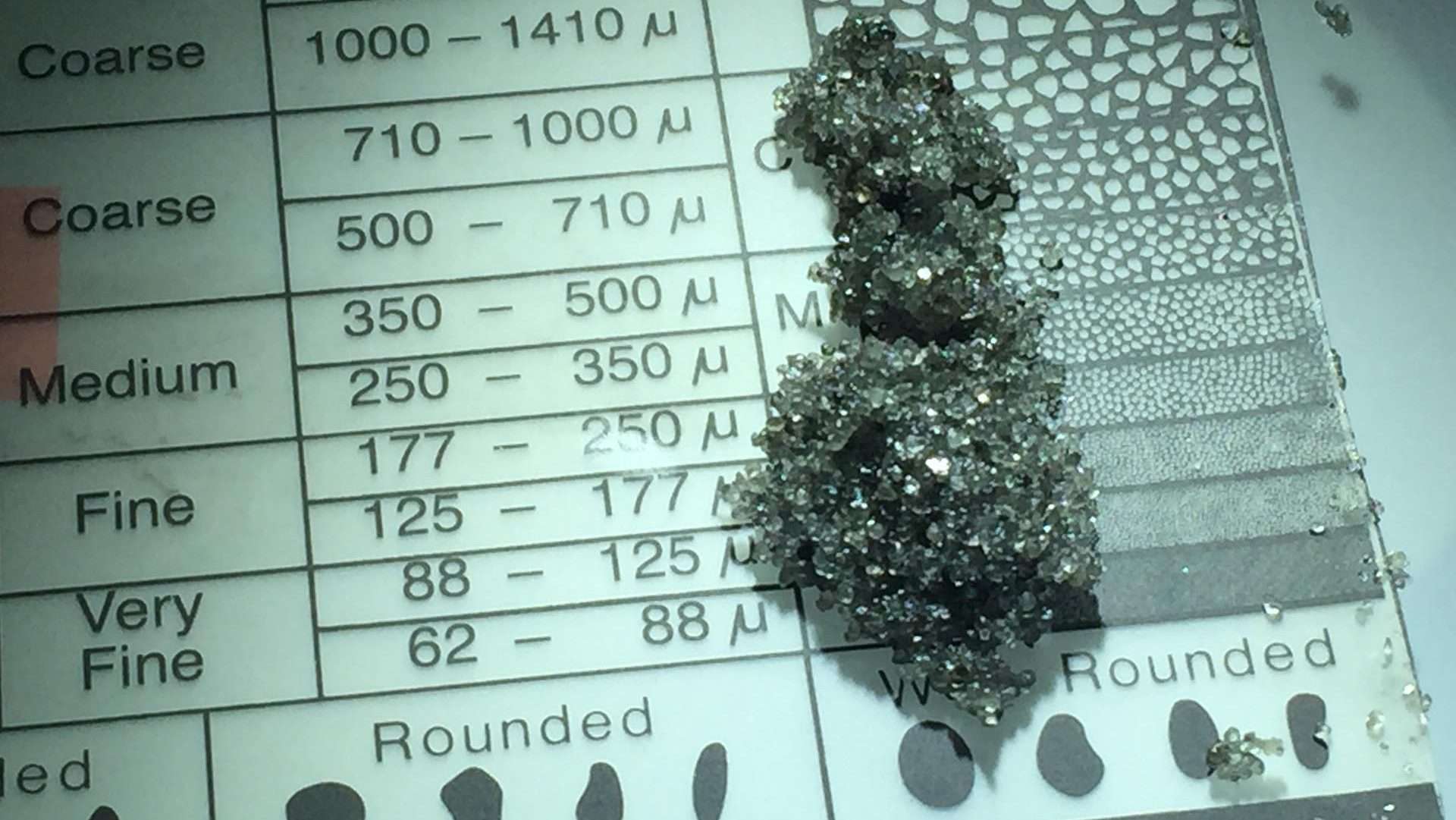Abstract
Many Canadian clastic reservoirs are undergoing secondary or tertiary recovery. These reser- voirs are routinely hydraulically fractured, either with treatment slurries or by flood injection rates that exceed the parting pressure of the rock. This paper evaluates three methods of determining the direction of an induced hydraulic fracture in a well in the Ferrier Field in S.W. Alberta. The first two methods infer the fracture direction based on rock deformation or failure properties while the third measures the electrical properties of an actual induced fracture: Oriented Borehole Breakout: Borehole breakout has been shown to be aligned with the direction which is at 90 degrees to maximum horizontal stress and hydraulically induced fracture orientation. By running oriented calipers, the orientation of the breakout can be determined. This method of determining maximum stress is the least expensive and offset data may already be available.



